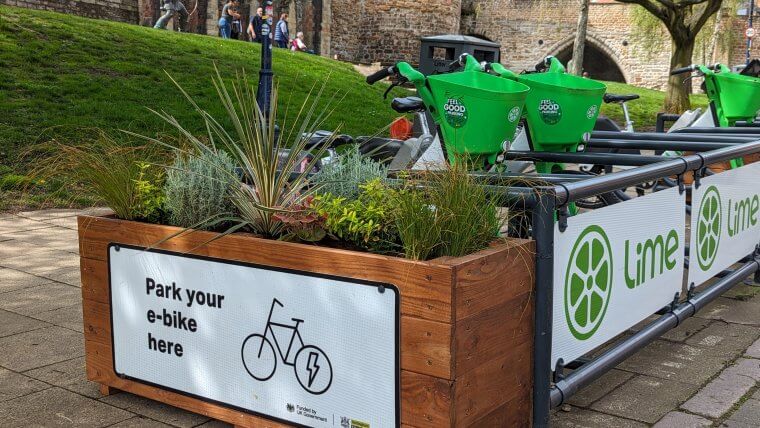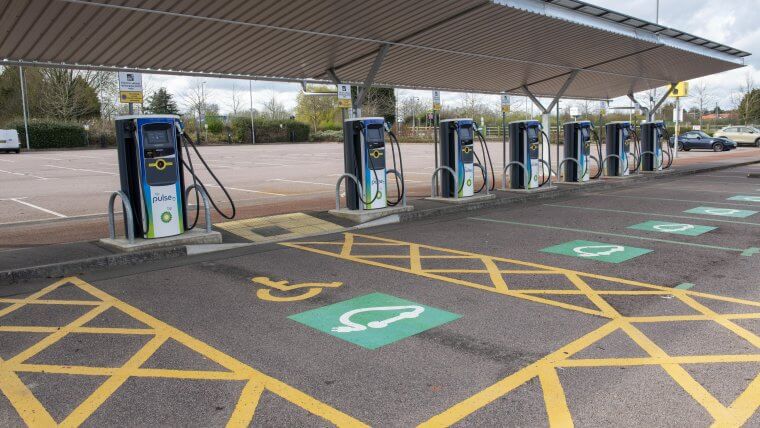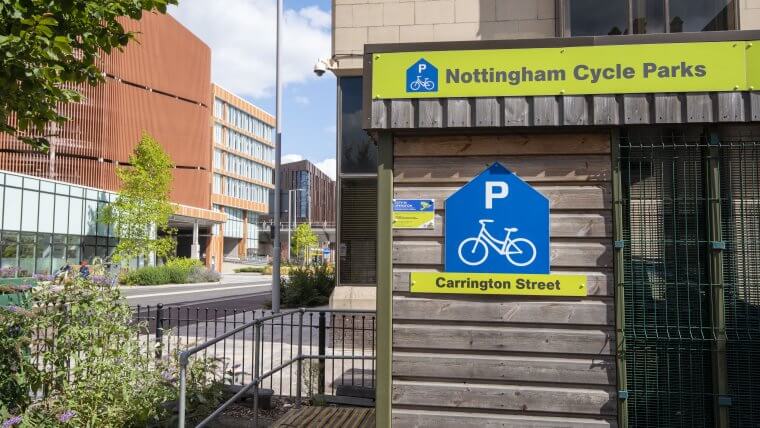24 January
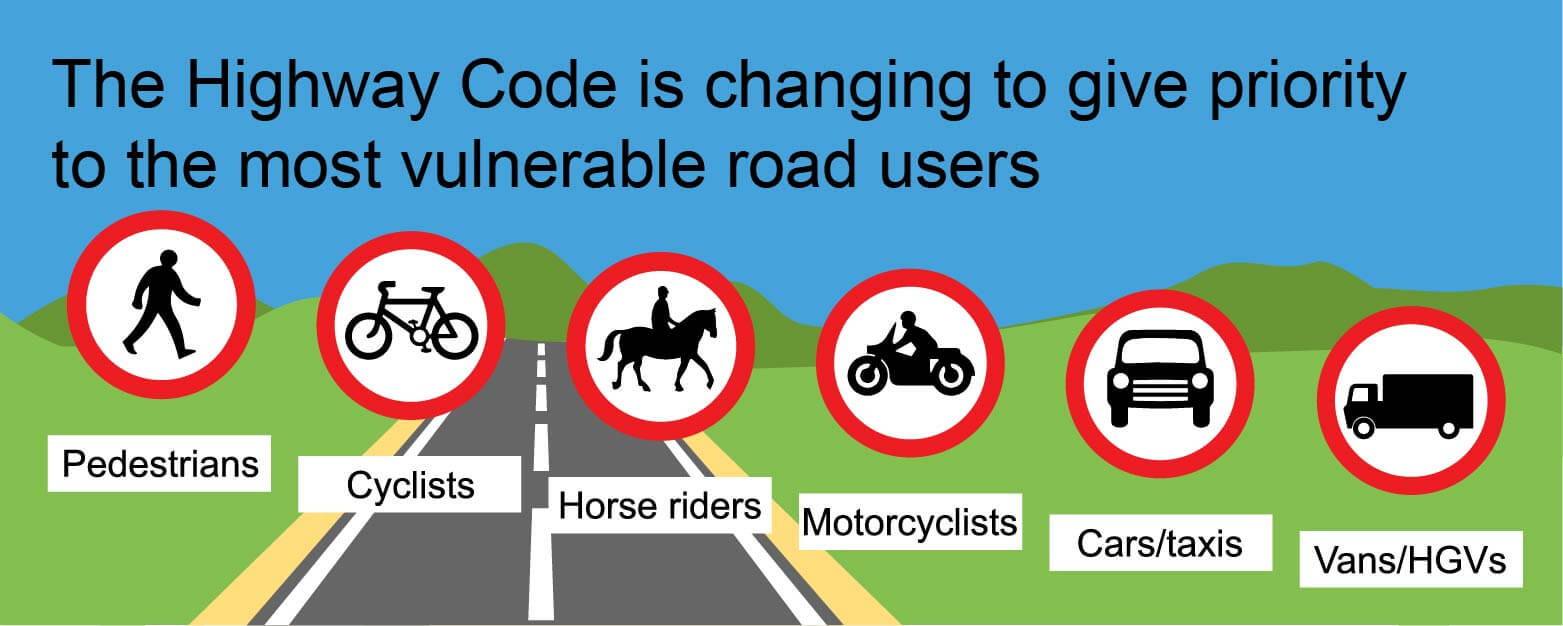
Changes to the Highway Code are to ‘promote safety on the road, whilst also supporting a healthy, sustainable and efficient transport system.’
The full list of changes can be found here, but the main things you need to know can be found below.
Rule H1 – the hierarchy of road users.
This is a concept that places those road users most at risk in the event of a collision at the top of the hierarchy. Everyone suffers when road collisions occur, whether they are physically injured or not. But those in charge of vehicles that can cause the greatest harm in the event of a collision bear the greatest responsibility to take care and reduce the danger they pose to others.
The hierarchy does not remove the need for everyone to behave responsibly.
- Pedestrians, in particular children, older adults, and disabled people
- Cyclists
- Horse riders
- Motorcyclists
- Cars/taxis
- Vans/minibuses
- Large passenger vehicles/heavy goods vehicles
It is important that ALL road users are aware of The Highway Code, are considerate to other road users and understand their responsibility for the safety of others.
Rule H2 – Safer crossings – change of priority
Pedestrians are given priority at junctions. “At a junction you should give way to pedestrians crossing or waiting to cross a road into which or from you are turning.”
“You MUST give way to pedestrians on or waiting to cross a zebra crossing, and to pedestrians and cyclists on or waiting to cross a parallel crossing.”
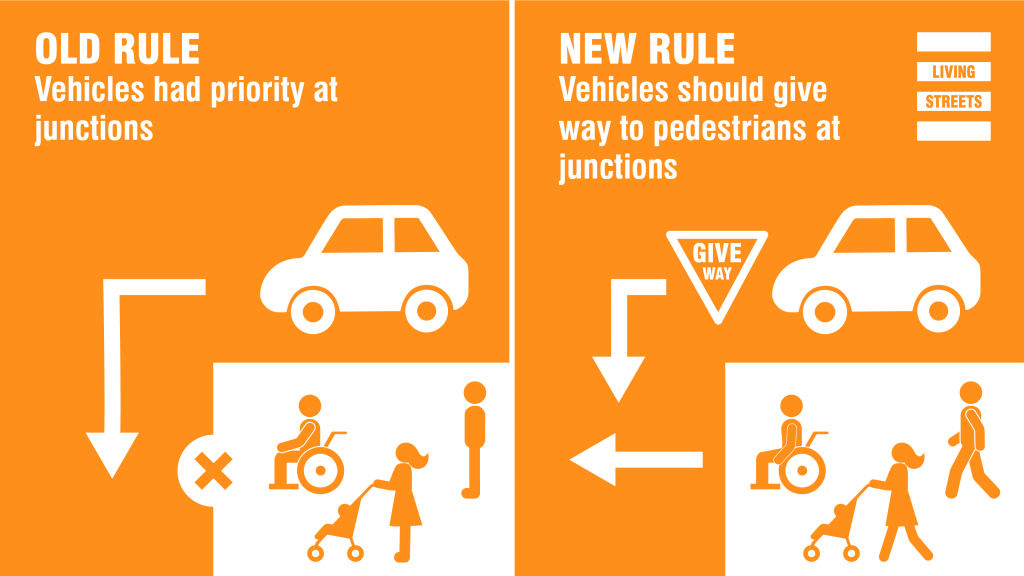
(image from Living Streets)
Rule H3 – Rule for Drivers and Motorcyclists
From the revised Highway Code.
“You should not cut across cyclists, horse riders or horse drawn vehicles going ahead when you are turning into or out of a junction or changing direction or lane, just as you would not turn across the path of another motor vehicle. This applies whether they are using a cycle lane, a cycle track, or riding ahead on the road and you should give way to them. Do not turn at a junction if to do so would cause the cyclist, horse rider or horse drawn vehicle going straight ahead to stop or swerve. You should stop and wait for a safe gap in the flow of cyclists if necessary. This includes when cyclists are:
- approaching, passing or moving off from a junction
- moving past or waiting alongside stationary or slow-moving traffic
- travelling around a roundabout”
New Rule 72 – Cycle road positioning
Road positioning. When riding on the roads, there are two basic road positions you should adopt, depending on the situation.
- Ride in the centre of your lane, to make yourself as clearly visible as possible, in the following situations:
-
- on quiet roads or streets – if a faster vehicle comes up behind you, move to the left to enable them to overtake, if you can do so safely
- in slower-moving traffic – when the traffic around you starts to flow more freely, move over to the left if you can do so safely so that faster vehicles behind you can overtake
- at the approach to junctions or road narrowings where it would be unsafe for drivers to overtake you
- When riding on busy roads, with vehicles moving faster than you, allow them to overtake where it is safe to do so whilst keeping at least 0.5 metres away, and further where it is safer, from the kerb edge. Remember that traffic on most dual carriageways moves quickly. Take extra care crossing slip roads


